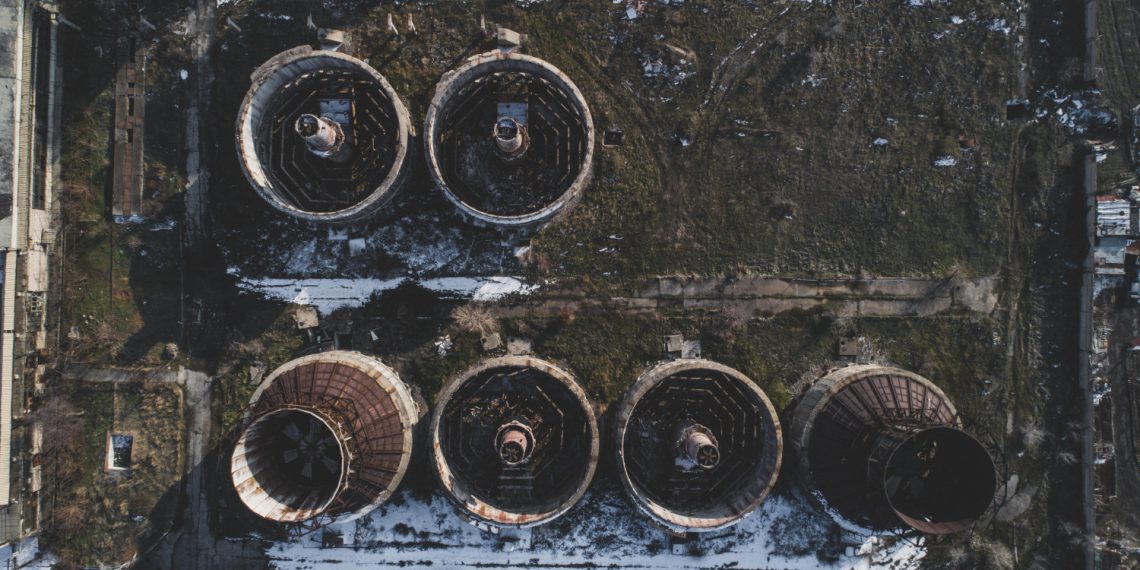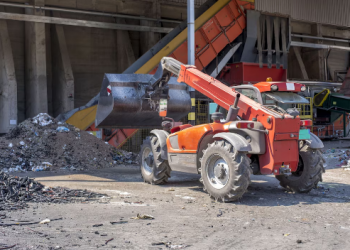If you’ve ever wondered, “How does a septic system work?” or “How do septic systems work in general?” then this comprehensive guide is for you. Septic systems are an essential component of many homes and buildings, particularly those located in rural areas without access to centralized sewer systems. In this blog post, we’ll explore the intricacies of septic systems and provide a clear understanding of their function and maintenance requirements.
The Basic Principles of Septic Systems
So, how do septic systems work? At its core, a septic system is designed to treat and dispose of wastewater generated by a household or building. The process involves several key steps:
- Wastewater Collection
- Separation and Primary Treatment
- Secondary Treatment and Dispersal
Wastewater Collection
All the wastewater from a building’s plumbing fixtures, including toilets, sinks, showers, and appliances, flows through a series of pipes into the septic tank. The septic tank is a buried, water-tight container typically made of concrete, fiberglass, or polyethylene.
Separation and Primary Treatment
Once inside the septic tank, the wastewater undergoes a separation process. Heavier solids settle to the bottom of the tank, forming a layer called sludge. Lighter materials, such as oils and grease, float to the top, creating a layer known as scum. The liquid wastewater, or effluent, remains in the middle layer.
Anaerobic bacteria, which thrive in the oxygen-free environment of the septic tank, begin to break down the organic matter in the sludge and scum layers. This process helps to reduce the volume of solids in the tank and prevents it from filling up too quickly.
Secondary Treatment and Dispersal
As new wastewater enters the septic tank, the partially treated effluent in the middle layer is pushed out through an outlet pipe and into a distribution box. The distribution box ensures that the effluent is evenly distributed into a network of perforated pipes known as the drain field or leach field.
The effluent then slowly percolates through the gravel or other porous material surrounding the drain field pipes and eventually seeps into the soil. The soil acts as a natural filter, removing remaining impurities and bacteria from the wastewater before it reaches the groundwater.
Maintaining Your Septic System
To ensure that your septic system continues to work efficiently and effectively, regular maintenance is crucial. Here are some essential maintenance tasks:
- Pump the septic tank every 3-5 years, depending on the size of your household and the tank’s capacity. This helps to remove the accumulated sludge and scum layers, preventing them from escaping into the drain field and causing clogs or backups.
- Conserve water to avoid overloading the system. Fixing leaky faucets and toilets, installing water-saving fixtures, and spreading out laundry and dishwashing loads can help reduce the strain on your septic system.
- Be mindful of what you flush. Avoid flushing non-biodegradable items like baby wipes, dental floss, or cat litter, as these can clog the system. Similarly, harsh chemicals like bleach, paint, or pesticides can disrupt the delicate balance of bacteria in the septic tank, hindering its ability to break down waste effectively.
- Protect the drain field. Keep vehicles, livestock, and other heavy objects away from the drain field area to prevent soil compaction and damage to the pipes. Also, avoid planting trees or shrubs with deep roots near the drain field, as they can infiltrate and clog the pipes.
Conclusion
Understanding how a septic system works is essential for homeowners and property managers who rely on these systems for wastewater treatment and disposal. By grasping the basic principles of how septic systems work and adhering to proper maintenance practices, you can ensure that your septic system functions optimally for years to come, safeguarding both public health and the environment.










